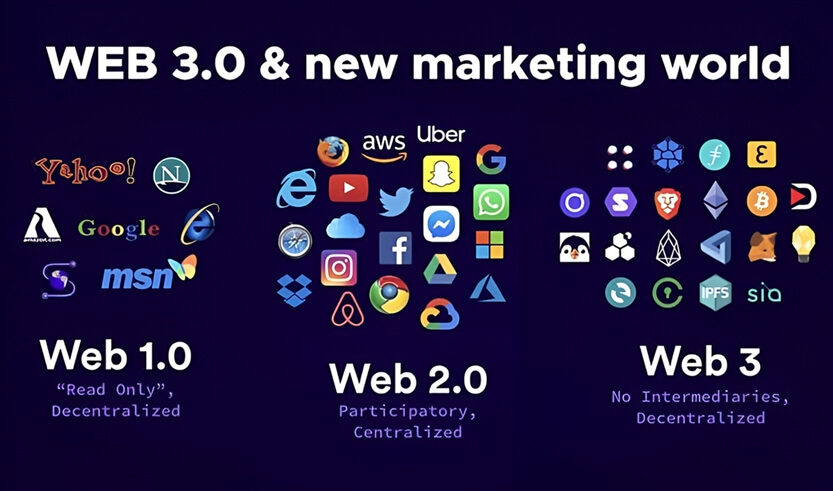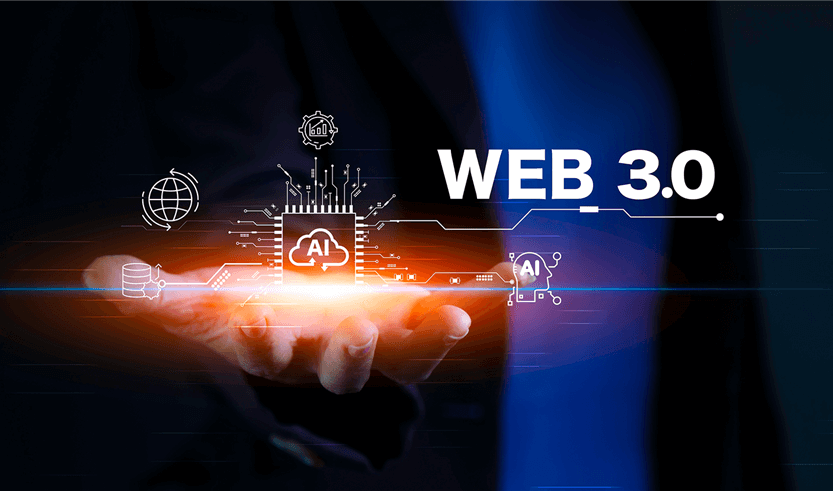Navigating the Future: Web3.0 and Its Impact on Digital Marketing
In the rapidly evolving world of the internet, the concept of Web 3.0 has emerged as a transformative force, promising to reshape the way we interact online. But what exactly is Web 3.0, and how does it impact digital marketing? Let's unravel the mysteries of this new frontier.
What is Web 3.0?
Web 3.0, also known as the third generation of the internet, represents a shift towards a more decentralized, open, and user-centric online ecosystem. Built on blockchain technology and other decentralized protocols, Web 3.0 aims to give users more control over their data and online interactions. This new iteration of the web emphasizes privacy, security, and the democratization of information.

How Web3.0 Impacts Digital Marketing
1. Decentralized Marketing Channels
Web 3.0 introduces decentralized marketing channels that operate on blockchain technology. This means marketers can reach their audience through platforms that are not controlled by a single entity, reducing the reliance on traditional social media giants. This decentralization can lead to more direct and authentic engagement with consumers.
2. Enhanced Data Privacy and Security
With Web 3.0, user data is stored on decentralized networks, making it more secure and less vulnerable to breaches. This shift forces marketers to adopt more ethical data practices and focus on building trust with their audience through transparency and respect for privacy.
3. Tokenization and Monetization
Web 3.0
enables the tokenization of digital assets, allowing brands to create and distribute tokens representing anything from loyalty points to exclusive content. This opens up new avenues for monetization and customer reward programs, fostering deeper engagement and loyalty.
4. Interactive and Immersive Experiences
Leveraging blockchain and AR/VR technologies, Web 3.0 allows for creating interactive and immersive digital experiences. Brands can use these technologies to offer virtual try-ons, interactive product demos, and immersive brand experiences that go beyond traditional marketing tactics.
5. Community-Driven Marketing
Web 3.0
encourages a more community-driven approach to marketing, where brands can engage directly with their audience through decentralized social networks and forums. This fosters a sense of ownership and participation among consumers, leading to more authentic and effective marketing campaigns.

Real-World Examples
- Decentraland: A virtual reality platform built on the Ethereum blockchain where users can buy, sell, and build on virtual land. Brands can create immersive experiences and engage with users in a decentralized environment.
- Patreon: While not exclusively a Web 3.0 platform, Patreon exemplifies the tokenization and monetization aspect by allowing creators to earn money directly from their audience through membership tiers.
- Unstoppable Domains: A platform that offers blockchain domain names, enabling users to have a unique and censorship-resistant online identity, which can be leveraged for branding and marketing purposes.
Web 3.0 is more than just a technological upgrade; it's a paradigm shift that promises to redefine digital marketing. By embracing decentralization, enhancing data privacy, and fostering more direct and authentic engagement with consumers, brands can stay ahead in the ever-evolving digital landscape. As Web 3.0 continues to mature, marketers who adapt to these changes will be well-positioned to harness the full potential of this new era.
So, are you ready to embrace the future of digital marketing with Web 3.0? The journey has just begun, and the possibilities are endless.